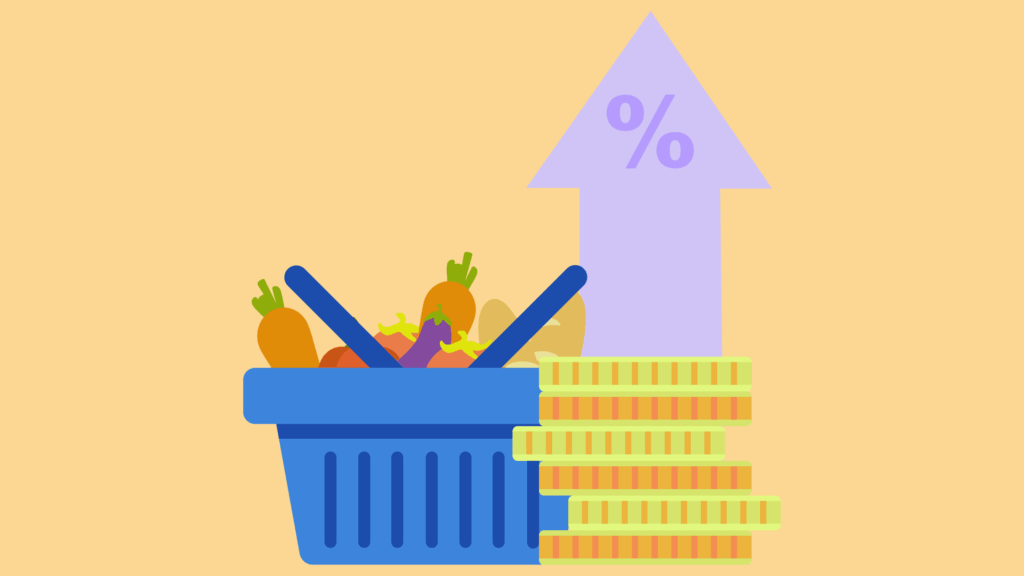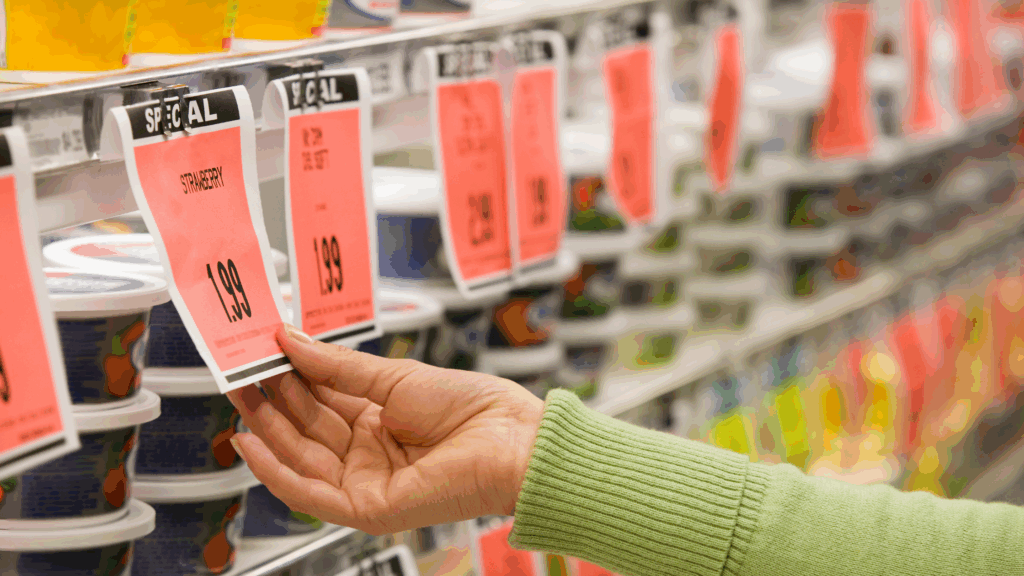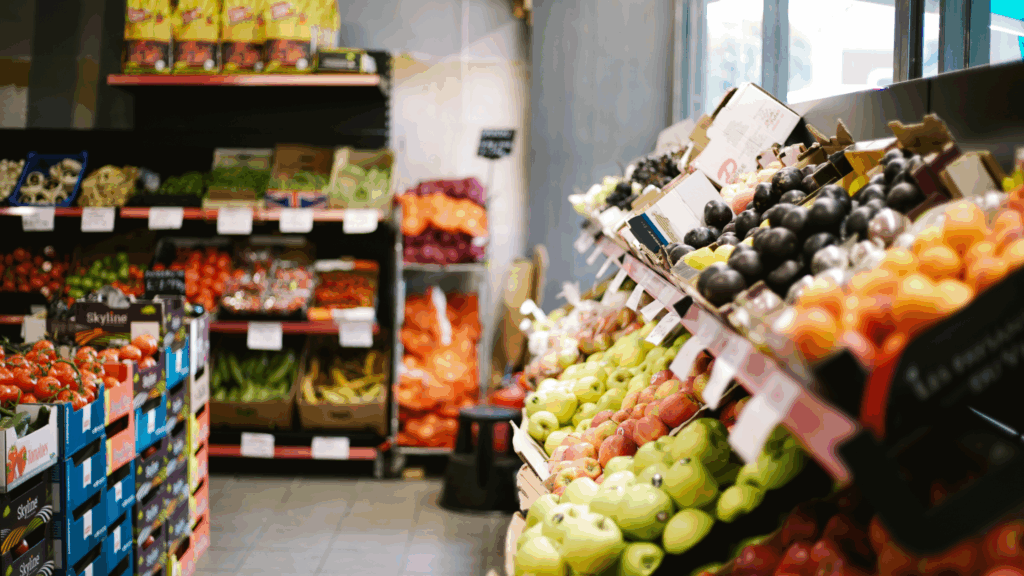Understanding Shrinkflation: Smaller Products, Same Prices

Ever feel like your favourite treats are shrinking before your very eyes? You might be onto something! Let’s dive into the world of shrinkflation and what it means for your pocket.
What is Shrinkflation?
Imagine reaching for your go-to chocolate bar or bag of crisps, and it just feels smaller. You check the price, and it’s pretty much the same as you remember. That is shrinkflation.
Shrinkflation is a clever and sneaky method where companies reduce the size or quantity of a product while keeping the price the same, or only slightly reducing it. Essentially, you end up paying the same amount of money for less stuff.
Why are our products getting smaller?
Often, the reason boils down to the cost of making the product. If the price of ingredients like cocoa, sugar, or wheat goes up too much, companies face a tough choice. They could:
- Raise the price: This is often the most obvious option, but companies worry that customers might be put off by a sudden price hike and choose a competitor.
- Absorb the cost: This means the company takes the hit to their profits, which isn’t sustainable in the long run.
- Reduce the size or quantity: This is where shrinkflation comes in. By subtly making the product smaller, they can keep the price familiar while still covering their increased costs.
It’s a way for companies to deal with rising expenses without making the price tag look dramatically different.
Pay attention to packaging
How can you spot shrinkflation in the wild? The key is to become a bit of a size detective! Don’t just rely on how the packaging looks. Instead:
- Check the weight: Look for the net weight (usually in grams or kilograms) on food items.
- Check the volume: For liquids, pay attention to the volume (usually in millilitres or litres).
- Keep an eye out for changes: If you regularly buy a certain product, try to remember if the size or weight seems different from what it used to be.
Compare prices per unit
Another way to combat shrinkflation is to become a master of unit pricing. This means looking at how much you’re paying for a specific amount of the product (like per gram or per litre).
Many supermarkets now display this information on the price labels. For example, you could look at the price per toilet roll. A bigger packet may be more expensive, but if the cost per unit is cheaper, you may be better off buying that one.
Also, try comparing the price per unit of different brands or sizes, you can see which option actually offers you more for your money, even if the overall price seems similar.
Consider alternative options
Finally, don’t be afraid to explore other options! If your favourite brand has shrunk its portions without a significant price drop, it might be worth considering:
- Different brands: Another brand might offer a larger amount for a similar price.
- Different sizes: Sometimes buying a larger size, even if it costs more upfront, can be more cost-effective in the long run.
- Making it yourself: For some items, like snacks or baked goods, making them at home can be a more budget-friendly and often healthier option.
Shrinkflation might seem like a small thing, but over time, those smaller portions can add up. By being aware of it and using these tips, you can become a smarter shopper and make sure you’re getting the most for your money!
Discover more money tips on Meic.






















